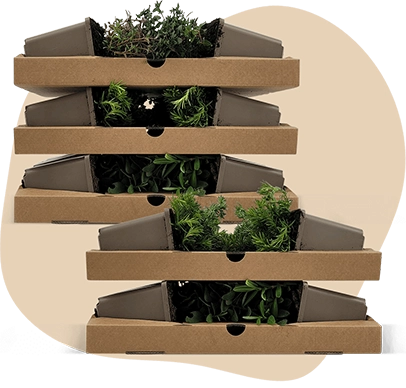Description
Prunus × cistena C2,5 30-40 | Purple-leaf sand cherry
The Prunus × cistena, commonly known as the Purple-leaf sand cherry, is a popular choice for gardens due to its attractive foliage and manageable size. This shrub typically grows upright to bushy, reaching a height of about 250 cm. The leaves of the Prunus × cistena are a striking mix of green and red, providing a vibrant contrast in any garden setting. The foliage is not fragrant, but it is smooth to the touch. Although not evergreen, the Purple-leaf sand cherry is easy to maintain and can be planted year-round. It also produces small fruits, adding to its appeal. The Dwarf red-leaf plum is a versatile addition to borders, group plantings, or as a solitary feature.
Key Plant Characteristics of Prunus × cistena
- Prunus × cistena blooms in April and May, showcasing pink and white flowers. These flowers are not fragrant but are attractive to butterflies, bees, and bumblebees.
- The ideal location for Prunus × cistena is in a sunny or partially shaded spot for optimal growth.
- This plant thrives in all soil types as long as the soil is well-drained.
- The bark of Prunus × cistena is dark, providing a striking contrast to its green and red foliage.
Garden plants like Prunus × cistena are perfect for borders, group plantings, or as a solitary feature in the garden.
Application of Prunus × cistena in the Garden
- Prunus × cistena is ideal for use in borders, group plantings, or as a solitary feature in the garden. Its upright to bushy growth habit makes it versatile for various garden designs.
- This plant is winter hardy, tolerating temperatures as low as -20.6°C, making it suitable for USDA zones 6b to 7a.
- Prunus × cistena combines well with other shrubs, especially those with contrasting foliage or flowering times.
- The plant's greatest ornamental value lies in its rich pink and white blossoms during April and May, along with its striking red and green foliage.


































